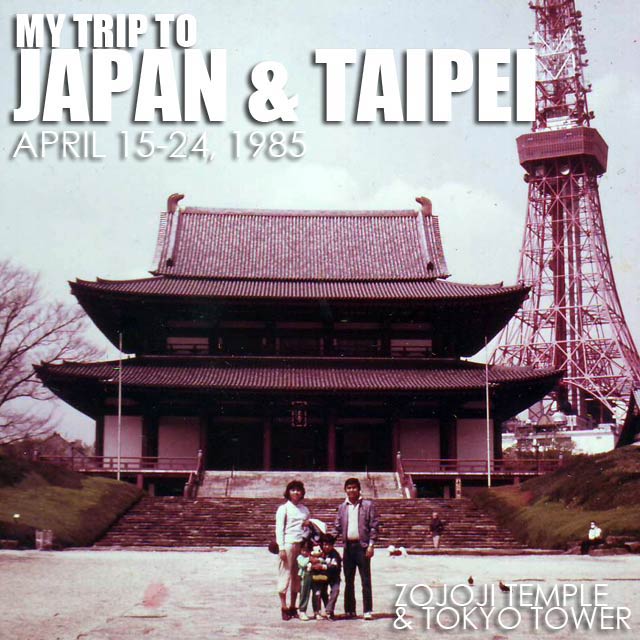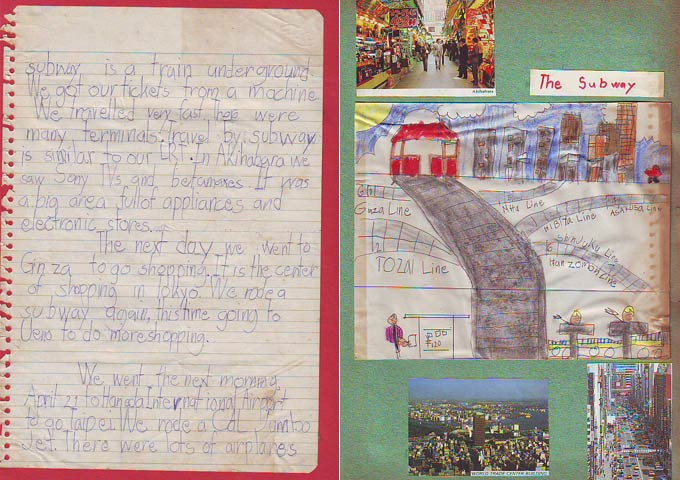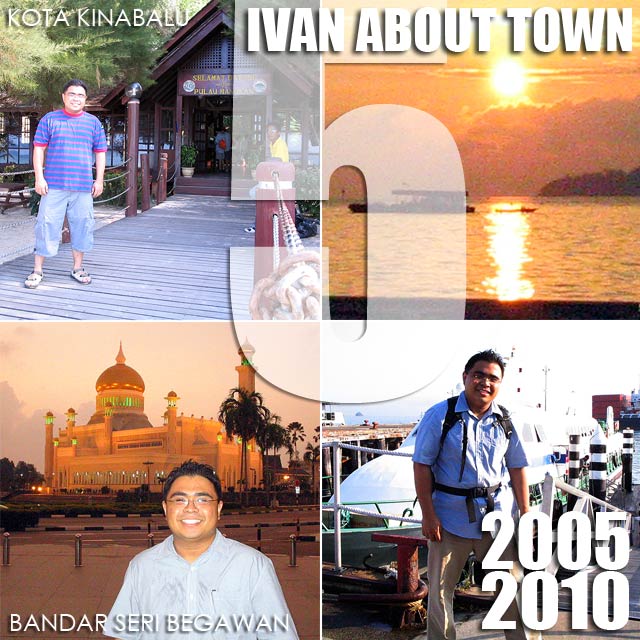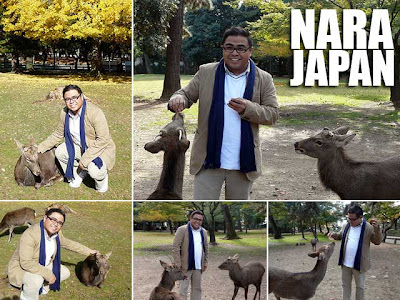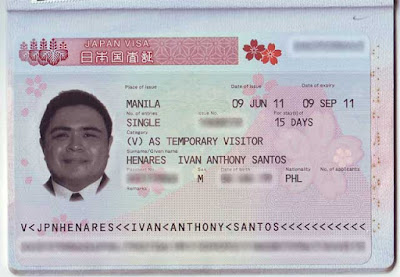
Applying for a Japanese visa is no longer done at the Japanese Embassy. Most visa applications must be made through the agencies accredited by the embassy. Which is why it is very important that you submit complete and accurate documents. The embassy may require certain applicants to appear in person for an interview at the embassy or consulate.
Where to Apply
Contact any of the following accredited agencies of the Japanese Embassy to submit your application for a Japanese visa:
Universal Holidays
http://www.universalholidays.com
Manila Branch: G/F Shopping Arcade, Century Park Hotel, P. Ocampo Sr. St., Malate, Manila
Tel. No. (02) 5250606/5229074/5244370
Makati Branch: Mezzanine, Dusit Thani Hotel, EDSA cor. Arnaiz Ave. Ayala Center, Makati City
Tel. No. (02) 8593811 to 15/(0922) 8403785/(0906) 4665899
Cebu Branch: 2/F JY Square Mall, 1 Salinas Dr., Lahug, Cebu City
Tel No. (032) 5056227/5056228/(0932) 9174873
Rajah Travel Corporation
http://www.rajahtravel.com
Manila Branch: G/F GLC Bldg., A. Mabini cor. T.M. Kalaw St. Ermita, Manila
Tel No. (02) 5238801 to 07
Reli Tours and Travel Agency
http://www.relitours.ph
SM Mall of Asia Branch: SM Department Store South Building, SM Mall of Asia, Bay City, Pasay City
Tel No. (0906) 5136777, (02) 5561445 to 47/5560546
SM Megamall Branch: 5/F Bridge Way, SM Megamall, EDSA, Mandaluyong City
Tel. No. (0906) 5136555/(02) 6374694 to 96/6375020/6329207
SM Southmall Branch: SM Southmall, Las Pinas City
Tel. No. (0906) 5136222/(02) 8004948 to 50/8053588
Attic Tours Phils., Inc.
http://www.attictours.ph/index.html
Manila Office: Unit 203 Coko Bldg. 1, Patio Madrigal Compound, 2550 Roxas Blvd., Pasay City 1302
Tel. No. (02) 5566301 to 05
Traders Hotel Branch: G/F Traders Hotel Manila, 3001 Roxas Blvd., Pasay City 1305
Tel. No. (02) 9840566/6689845
Cebu Office: Waterfront Airport Hotel 1, Airport Road, Lapu-Lapu City, Mactan Island, Cebu
Tel. No. (032) 3412299/3412011/3412012/3412015
Friendship Tours and Resorts Corporation
http://www.friendshipmanila.com
Main Office: 3/F Dusit Thani Manila, Ayala Center, Makati City
Tel. No (02) 8401060/8188896/8195644
Cebu Branch: Unit 101 Bldg.1, Oakridge Business Park, 880 A.S. Fortuna St., Banilad, Mandaue City
Tel No. (032) 3453459/3444825
Pan Pacific Travel Corporation
http://www.panpacifictravel.ph
Main Office: 353 E.T. Yuchengco St., Binondo, Manila
Tel. No. (02) 2436666
Ermita Branch: Space A, G/F and 2/F Pacific Pace Apartelle Suite, 539 Arquiza St., Ermita, Manila
Tel. No. (02) 5213141 to 46
Makati Branch: LG01 Herrera Tower Condo, 98 V.A. Rufino St. (Herrera St.) cor. Valero St., Salcedo Village, Makati City
Tel. No. (02) 8108551 to 56
Cebu Branch: Diplomat Hotel, 90 F. Ramos St. Cebu City
Tel. No. (032) 2540343/45/47/49
The accredited agencies accept all types of visa applications except for Pan Pacific which can only receive applications without a Japanese guarantor (i.e. no Japanese documents). While the temporary visitor visa is free (gratis), the agencies collect a handling fee and each agency is free to set their own fees.
Note that there are exceptions. When I applied for a Japanese visa last year, I did direct at the Japanese Embassy since I was invited by a UN agency. If you fall under any of the following cases, you can apply directly with the Japanese Embassy:
(1) Diplomatic or official visas
(2) Visas for invitees by Japanese government organizations or institutions, independent administrative agencies of Japan
(3) Visas for invitees of Japan local governments or national, municipal educational institutions of Japan to participate in educational, cultural exchange programs and youth exchange programs
(4) Visas for scholarship awardees sponsored by the government of Japan
(5) Visas for commercial purpose of employees of a joint venture company or a branch office of a Japanese enterprise listed in the Japanese Stock Exchange or a member of the Japanese Chamber of Commerce and Industry in the Philippines
(6) For cases requiring humanitarian consideration such as serious illness of a relative in Japan
To clarify if you fall under any of these cases, you can contact the Japanese Embassy:
Manila: (02) 8347514
Cebu: (032) 2317321/2317322
Davao: (082) 2213100/3200
Requirements
All documents must be original unless otherwise stated:
(1) Philippine passport (broken lamination of the photo part is not accepted; must have signature and have at least two blank pages)
(2)
Visa application form
(3)
Photo (4.5cm x 4.5cm with white background; photo must be pasted on the application form)
(4) Birth certificate of applicant (NSO issued within one year)
(5) Marriage contract (if the applicant is married; NSO issued within one year)
(6)
Daily Schedule
(7) If visiting a friend, documents or photos to prove relationship
(8)
Invitation letter from guarantor in Japan (must have handwritten signature)
(9) Bank Certificate
(10) Income Tax Return (Form 2316) original and photocopy
(11) Residence Certificate or
Juminhyo (if guarantor is a Japanese)
(12) Foreign Registration Certificate from City Hall (if guarantor in Japan is not a Japanese)

If the applicant presents an old or valid passport with a used Japanese visa, no need for (4) and (5). If on package tour, no need for (8). Make sure you can produce all the requirements for the visa. You can also submit additional documents such as proof of income, economic and social ties with the Philippines, or urgent cases such as medical certificate or a wedding invitation. Remember that submission of requirements does not guarantee issuance of visa.
If guarantor in Japan will shoulders any part of travel or living expenses, you will need to submit (i)
guarantee letter (
mimoto hoshosho) and (ii) income certificate of guarantor (
shotoku shomeisho) from City Hall, tax return certificate (nouzeishomeisho form 2) from tax office,
kakuteishinkokusho hikae or bank certificate (
yokin zandaka shomeisho).
Application Procedure
(1) Applications filed through accredited agencies
Applications will be accepted from 8:40 to 9:40 a.m. on weekdays except Wednesdays. After accepting the application, a receipt stating the verification date will be issued to the accredited agencies.
If the examination of an application is not completed by the verification date, the additional required documents or reasons for the delay in processing will be noted in the receipt. If you wish to know the status of your application, please inquire with the accredited agency.
(2) Applications filed direct with the Japanese Embassy
Manila: Applications will be accepted from 8:40 a.m. to 11:00 a.m. on weekdays except Wednesdays. A receipt stating the verification date will be issued for accepted applications.
Cebu and Davao: Applications are accepted on weekdays from 8:40 a.m. to 12:30 p.m. After an application is accepted, applicant will be contacted by telephone on when to report at the consular offices.
Multiple Entry Visas
To see if you qualify for a multiple entry visa, you can read the
eligibility and requirements in the Japanese Embassy website.
Download
Japanese Visa Application Form (print on A4 paper)






